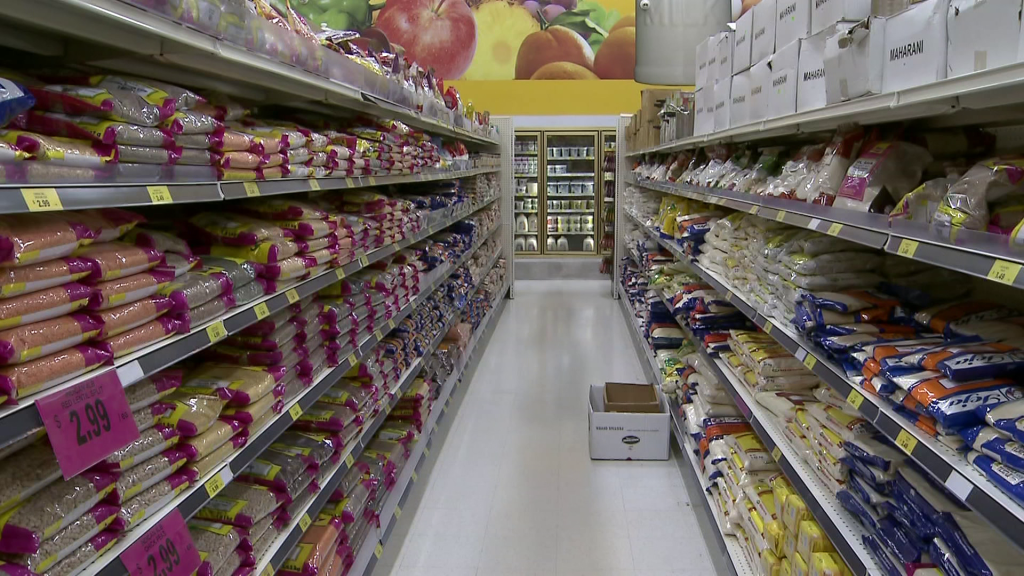What is ‘shelflation’ and why it affects the way you buy groceries

Posted July 11, 2022 7:25 am.
Last Updated July 11, 2022 7:39 am.
If you’re heading to the store this week to grab a couple of things, you may want to check over what you’re putting in your cart or basket, very carefully.
There’s a new term making the rounds called “shelflation” and it’s essentially when grocery stores reduce the price of something to get it off the shelf faster. This is often an issue caused by ongoing supply chain problems, says Sylvain Charlebois, director of the Agri-Food Analytics Lab at Dalhousie University. That means, you may get groceries for cheaper but at the cost of good quality.
“When you buy a product, it may not last as long as it used to at home, so you want to be careful, especially in the produce aisle, look at the entire package,” says Charlebois. “You have to look at dates. The advantage you have with the dairy aisle is you do have dates to work with and that’s why you see a lot of people go back, deep into shelves to buy time.”
Charlebois says what you buy and how much you pay, also depends on when you go to the store.
Related Articles:
-
The cost of your summer vacation is going up
-
Majority of Canadians believe central bank rate hikes will fuel a recession: poll
-
Nearly 1 in 4 homeowners would have to sell home if interest rates rise more: Survey
“Grocers won’t necessarily reward early birds, it’s actually the opposite. Early birds will get more choice and better quality, so at the end of the day, you may not get the quality you want, but you may get the price you want. That’s the compromise.”
Having shelflation potentially shape the way you shop, customers also have to contend with the potential of prices being altered during a 24-hour span.
“If you see digital screens, it is highly likely that a grocer will change the price of a particular product several times a day, which is called dynamic pricing. And there’s more and more of these grocers out there really in Canada and that really leads to grocers wasting less food, essentially. And if you buy later in the day, with dynamic pricing, be on the lookout, you may actually be buying a product where the quality has been compromised due to shelflation.”
Meantime, he says if you’re on a budget, beef and pork prices are down right now, and chicken prices are stable.
Related Articles:
-
Freeland touts previously announced measures to combat rising cost of living
-
Vancouver diners forced to increase prices due to rising food costs
-
Spiking price of groceries increasing the risk of food insecurity in Canada
“Last year in 2021, [chicken] went up like eight or nine per cent. It’s highly unlikely, we’ll see another eight or nine per cent [increase] again in 2022, so things are much calmer with chicken. It is supply managed and we haven’t seen any disruptive whether patterns so far, as we saw last year in BC, the heat dome, the floods — we’re not expecting any of that this year, which is really good news.”
Charlebois is expecting meat prices to start climbing in the fall, which is when dairy prices are set to go up, again, after increasing in February. “Cheese, yogurt, ice cream this summer — you’re going to scream buying ice cream, you’re not going to scream for ice cream.”
This all comes as Canadians are paying more for basic groceries. The consumer price index is the highest it’s been in almost four decades, according to Statistics Canada.
Food Banks Canada says about 7 million Canadians are reporting going hungry right now because they can’t afford food.








